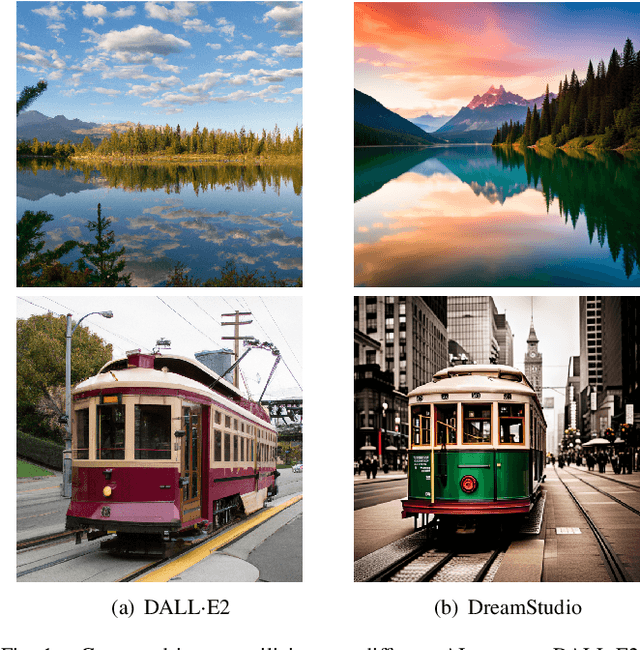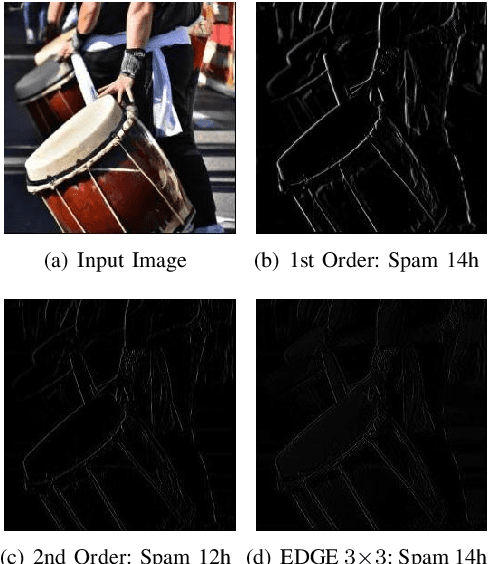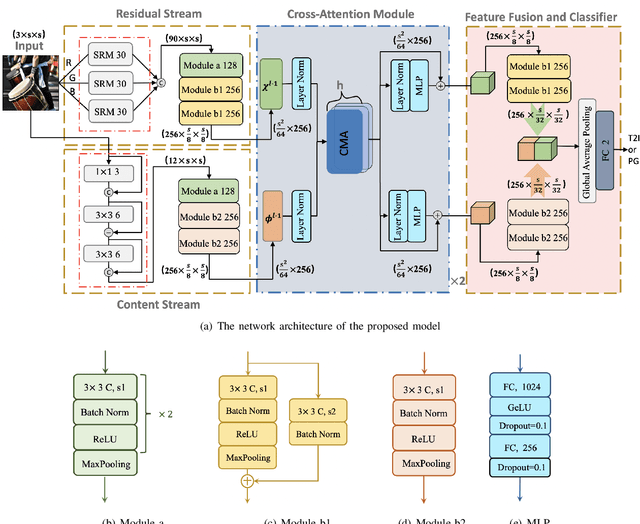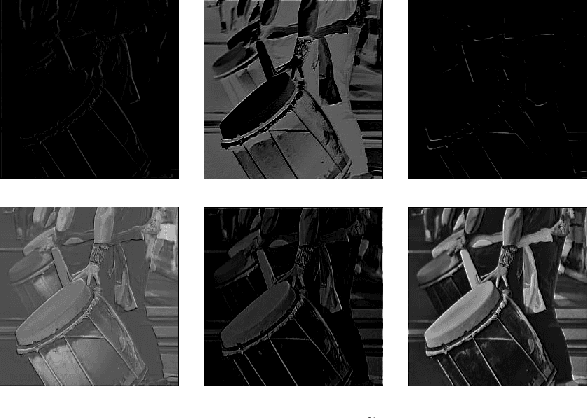Peijia Zheng
Efficient Privacy-Preserving KAN Inference Using Homomorphic Encryption
Sep 12, 2024



Abstract:The recently proposed Kolmogorov-Arnold Networks (KANs) offer enhanced interpretability and greater model expressiveness. However, KANs also present challenges related to privacy leakage during inference. Homomorphic encryption (HE) facilitates privacy-preserving inference for deep learning models, enabling resource-limited users to benefit from deep learning services while ensuring data security. Yet, the complex structure of KANs, incorporating nonlinear elements like the SiLU activation function and B-spline functions, renders existing privacy-preserving inference techniques inadequate. To address this issue, we propose an accurate and efficient privacy-preserving inference scheme tailored for KANs. Our approach introduces a task-specific polynomial approximation for the SiLU activation function, dynamically adjusting the approximation range to ensure high accuracy on real-world datasets. Additionally, we develop an efficient method for computing B-spline functions within the HE domain, leveraging techniques such as repeat packing, lazy combination, and comparison functions. We evaluate the effectiveness of our privacy-preserving KAN inference scheme on both symbolic formula evaluation and image classification. The experimental results show that our model achieves accuracy comparable to plaintext KANs across various datasets and outperforms plaintext MLPs. Additionally, on the CIFAR-10 dataset, our inference latency achieves over 7 times speedup compared to the naive method.
AI-Generated Image Detection using a Cross-Attention Enhanced Dual-Stream Network
Jun 12, 2023



Abstract:With the rapid evolution of AI Generated Content (AIGC), forged images produced through this technology are inherently more deceptive and require less human intervention compared to traditional Computer-generated Graphics (CG). However, owing to the disparities between CG and AIGC, conventional CG detection methods tend to be inadequate in identifying AIGC-produced images. To address this issue, our research concentrates on the text-to-image generation process in AIGC. Initially, we first assemble two text-to-image databases utilizing two distinct AI systems, DALLE2 and DreamStudio. Aiming to holistically capture the inherent anomalies produced by AIGC, we develope a robust dual-stream network comprised of a residual stream and a content stream. The former employs the Spatial Rich Model (SRM) to meticulously extract various texture information from images, while the latter seeks to capture additional forged traces in low frequency, thereby extracting complementary information that the residual stream may overlook. To enhance the information exchange between these two streams, we incorporate a cross multi-head attention mechanism. Numerous comparative experiments are performed on both databases, and the results show that our detection method consistently outperforms traditional CG detection techniques across a range of image resolutions. Moreover, our method exhibits superior performance through a series of robustness tests and cross-database experiments. When applied to widely recognized traditional CG benchmarks such as SPL2018 and DsTok, our approach significantly exceeds the capabilities of other existing methods in the field of CG detection.
Robust Privacy-Preserving Motion Detection and Object Tracking in Encrypted Streaming Video
Aug 30, 2021



Abstract:Video privacy leakage is becoming an increasingly severe public problem, especially in cloud-based video surveillance systems. It leads to the new need for secure cloud-based video applications, where the video is encrypted for privacy protection. Despite some methods that have been proposed for encrypted video moving object detection and tracking, none has robust performance against complex and dynamic scenes. In this paper, we propose an efficient and robust privacy-preserving motion detection and multiple object tracking scheme for encrypted surveillance video bitstreams. By analyzing the properties of the video codec and format-compliant encryption schemes, we propose a new compressed-domain feature to capture motion information in complex surveillance scenarios. Based on this feature, we design an adaptive clustering algorithm for moving object segmentation with an accuracy of 4x4 pixels. We then propose a multiple object tracking scheme that uses Kalman filter estimation and adaptive measurement refinement. The proposed scheme does not require video decryption or full decompression and has a very low computation load. The experimental results demonstrate that our scheme achieves the best detection and tracking performance compared with existing works in the encrypted and compressed domain. Our scheme can be effectively used in complex surveillance scenarios with different challenges, such as camera movement/jitter, dynamic background, and shadows.
 Add to Chrome
Add to Chrome Add to Firefox
Add to Firefox Add to Edge
Add to Edge